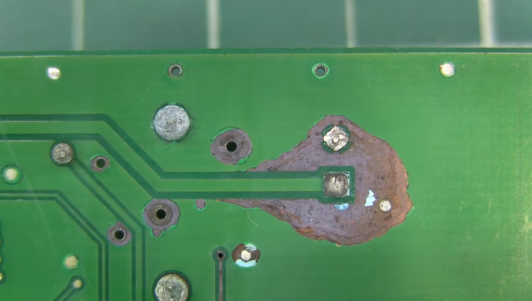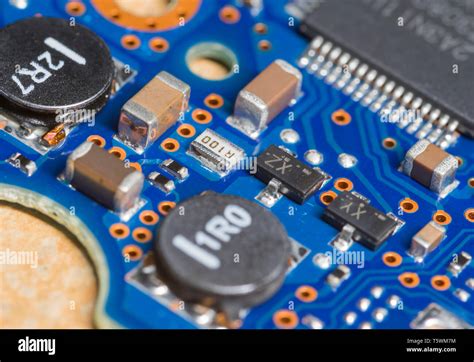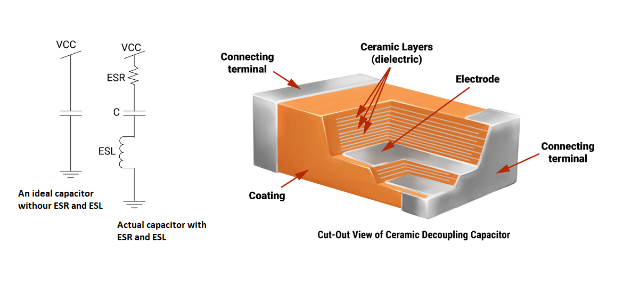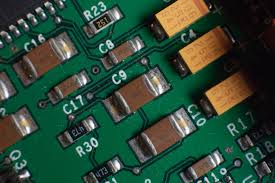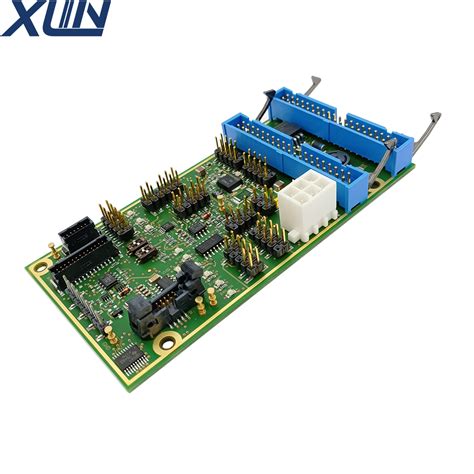Components of a Classic PCB Temperature Profiling System
A classic PCB temperature profiling system consists of the following components:
· Data collection profiler, which passes through the middle of the furnace and collects temperature information from the PCB.
· Thermocouples, which are attached to key components on the PCB and then connected to the accompanying profiler.
· Thermal insulation, which protects the profiler from being heated by the furnace.
· Software program, which allows the collected data to be viewed in a format that quickly determines soldering results and/or finds out-of-control trends before they adversely affect the final PCB product.
Thermocouples
The most commonly used in the electronics industry is the K-type thermocouple. There are various techniques for attaching thermocouples to components on the PCB. The method used depends on the type of PCB being processed, as well as the user’s preference.
Thermocouples are attached to high temperature solder, which provides a strong connection to the PCB.
This method is usually used in operations where a dedicated reference board can be sacrificed for profiling and process verification. Care should be taken to ensure that the amount of solder is minimized to avoid affecting the profile.
Glue, which can be used to secure the thermocouple to the PCB.
The use of glue generally results in a rigid physical connection of the thermocouple to the assembly. Disadvantages include the possibility that the glue may fail during heating and leave residue on the assembly when removed after profiling. Also, care should be taken to use the minimum amount of glue, as the added thermal mass may affect the results of the temperature profile.
KaptON or aluminum tape, which is the easiest to use, but the least reliable method of attachment.
Temperature profiling using tape often shows very jagged curves because the thermocouple junction lifts from the contact surface during heating. The ease of use and the lack of residue that can affect the assembly make KaptON or aluminum tape a popular method.
Compression-type thermocouples, which clamp to the edge of the board, use a spring force to firmly contact and secure the thermocouple junction to the assembly being profiled. Pressure probes are quick and easy to use and are non-destructive to the PCB.
Thermocouple Placement
Because the outer edges and corners of an assembly heat faster than the center, and components with greater thermal mass heat more fully than components with less thermal mass, at least four thermocouple placements are recommended. One thermocouple is placed at an edge or corner of the assembly, one on a small component, another in the center of the board, and a fourth on a larger mass component. Additional thermocouples may be added to other parts of interest on the board, or components that are most at risk of thermal shock or thermal damage.
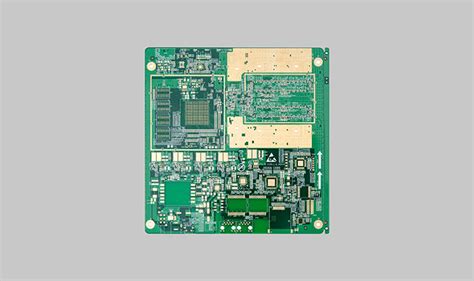
Reading and Estimating Temperature Profile Data
Solder paste manufacturers typically have a recommended temperature profile specific to their solder paste formulations. The manufacturer’s recommendations should be used to determine the best profile for a particular process and compared to the actual assembly results. Steps may then be taken to change machine settings to achieve the best results for a particular assembly (Figure 3).
For PCB assembly manufacturers, new tools are now available that make it easy to design a target profile for a specific combination of solder paste and reflow oven. Once designed, this target profile can be simply called up by the machine operator for this specific PCB assembly and automatically run in the reflow oven.
When to Profile
Profiling is particularly useful when starting a new assembly. Oven settings must be determined to optimize the process for high quality results. As a diagnostic tool, a profiler is invaluable in helping to identify processes with poor yields and/or high rework.
Profiling can reveal inappropriate oven settings or ensure that those settings are appropriate for the assembly. Many companies or plants profile on standard reference boards or use a quality control profiler on the machine daily. Some plants profile at the beginning of each shift to verify oven operation and avoid potential problems before they occur. These profiles can be stored as a hard copy or in electronic format and used as part of an ISO program or to perform statistical process control (SPC) of machine performance over time.
Assemblies that are being profiled should be handled with care. The assembly may be degraded by improper handling or repeated exposure to reflow temperatures. It should be anticipated that profiled boards may delaminate over time and that thermocouple attachments may loosen, and that the profiling equipment should be checked before each run is compromised. The key is to ensure that the measuring equipment is capable of producing accurate results.
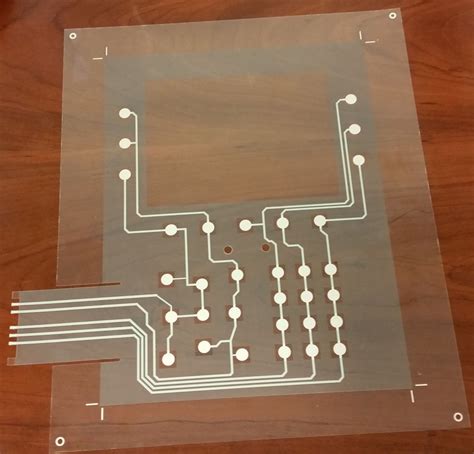
Classic PCB Temperature Profiling and Machine Quality Control Profiling
While the most common type of temperature profiling involves the use of an operating profiler and thermocouples to monitor the temperature of PCB components, temperature profiling is also used to ensure that reflow ovens are continuously operating at optimal settings. A variety of built-in machine temperature profilers are available that provide daily monitoring of key reflow oven parameters, including air temperature, heat flux and conveyor speed. These instruments also provide the opportunity to quickly identify any out-of-control trends before they affect the quality of the final PCB assembly.


